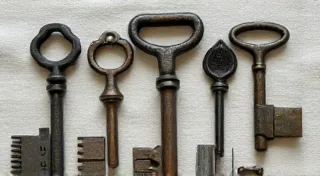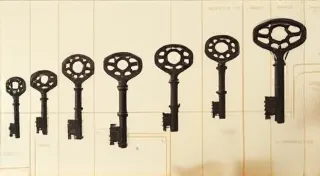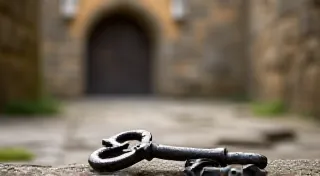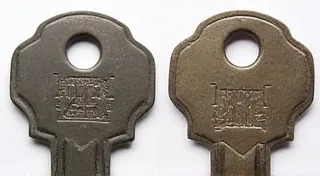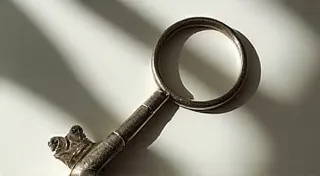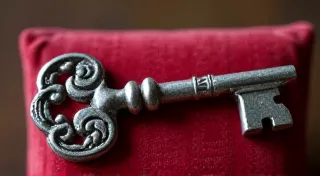Master Keys: History and Usage
The humble key, a seemingly simple mechanism, holds a fascinating history far beyond its primary function of unlocking doors. Among these, master keys occupy a special place, offering a degree of access and control that’s both intriguing and historically significant. This article explores the history and usage of master keys, shedding light on their evolution and role in securing everything from grand estates to bustling industrial complexes.
What is a Master Key?
Simply put, a master key is a key that can open multiple locks. Unlike a standard key, which is designed to operate only one specific lock, a master key has been crafted to match the pin configuration of several different locks within a system. This allows a single key to grant access to a group of doors or compartments.
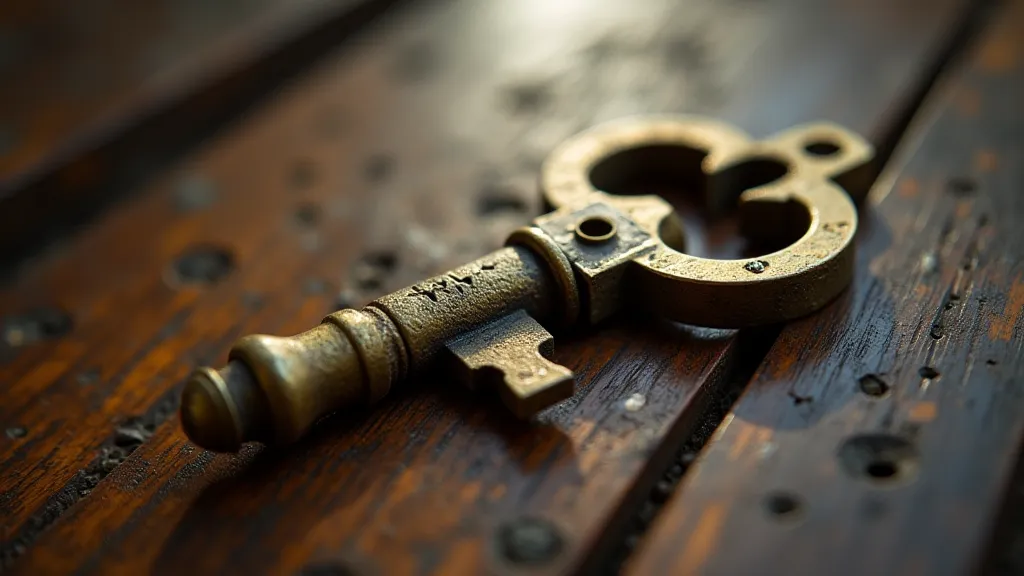
Early History: The Seeds of Control
While the exact origins of master key systems are difficult to pinpoint, evidence suggests their use dates back centuries. Early examples likely emerged from the needs of large estates or institutions managing numerous buildings or rooms. Think of a castle with many gates, or a large manor house with servants' quarters and storage rooms. A single person – often the steward, the owner, or a designated guard – needed access to all these areas, making the creation of a master key a practical necessity.
The earliest master keys would have been relatively crude, likely relying on basic pinning mechanisms. The technology of lock making was still developing, and the precision required for a truly reliable master key system would have been a significant undertaking. They were likely precious objects, carefully guarded and rarely used.
Evolution of Master Key Systems
As lock-making technology advanced, so did the sophistication of master key systems. The invention of wafer keys and later, more complex pin tumbler designs, facilitated the creation of more secure and reliable master key configurations. The Industrial Revolution brought a surge in the need for master keys, as factories and warehouses required streamlined access control for managers and security personnel.
Different master key systems were developed to accommodate varying levels of security and complexity. Some systems were designed to provide access to only a few locks, while others could control hundreds, even thousands, across a vast area.
Types of Master Key Systems
Over time, different types of master key systems emerged. Some of the common types include:
- Original Key (Working Key): The standard key used by those who normally access the locks.
- Master Key: The key that opens all locks in the system.
- Controlled Key: A key that opens a subset of the locks in the system. These keys are often issued to specific individuals with limited access.
Master Keys in Specific Eras
Victorian Era: The Victorian era witnessed a rise in the production of ornate and intricately designed keys, including master keys. These keys were often crafted from brass and featured decorative elements. The increasing urban growth and the rise of hotels, train stations, and other large institutions fueled demand for master key systems.
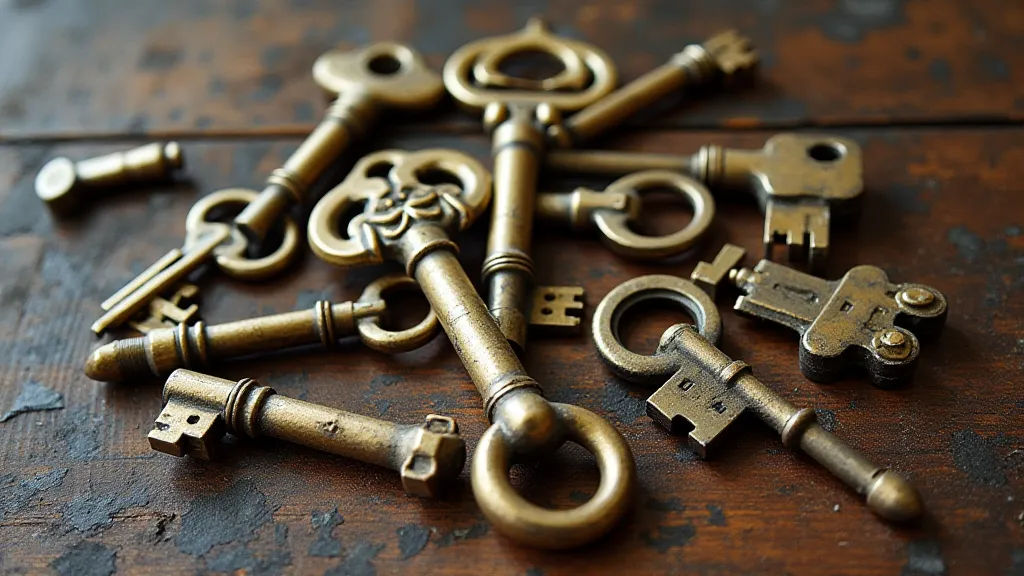
Early 20th Century: Standardized master key systems became more prevalent, driven by industrial growth and the need for increased security. The focus shifted towards functionality and reliability, although some keys retained aesthetic appeal.
Modern Significance & Collecting
While modern electronic access control systems have largely replaced traditional master key systems in many areas, antique master keys remain a fascinating collectible. They offer a tangible link to the past, providing a glimpse into the history of security and access control.
Collectors often seek out rare or unusual master keys, paying close attention to their age, construction, and provenance. These keys can be valuable pieces of history, representing a bygone era of craftsmanship and ingenuity.
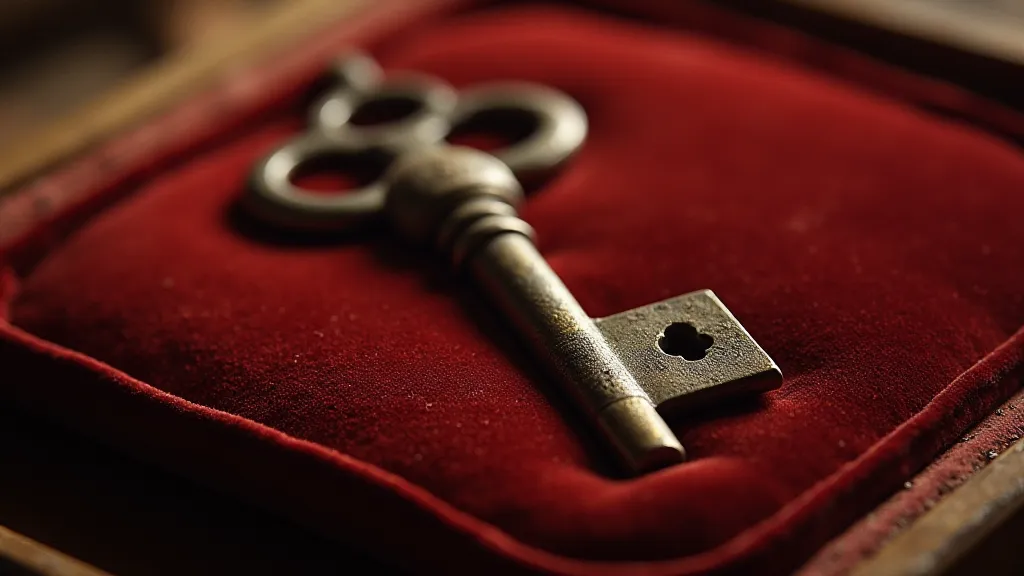
Conclusion
The story of the master key is a testament to humanity’s ongoing quest for control and security. From the grand castles of the medieval era to the bustling factories of the Industrial Revolution, master keys have played a vital role in managing access and safeguarding valuable assets. Their enduring appeal, both practical and historical, ensures they will remain a fascinating subject for collectors and history enthusiasts for years to come.
